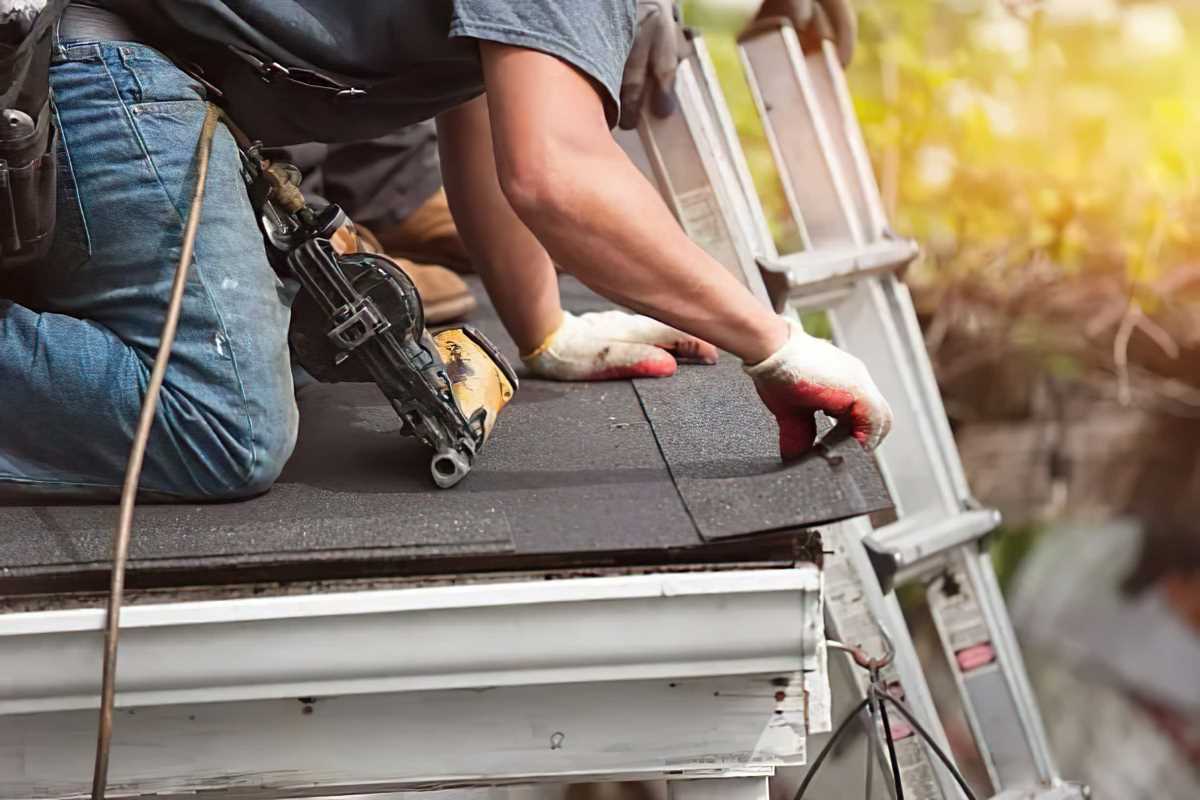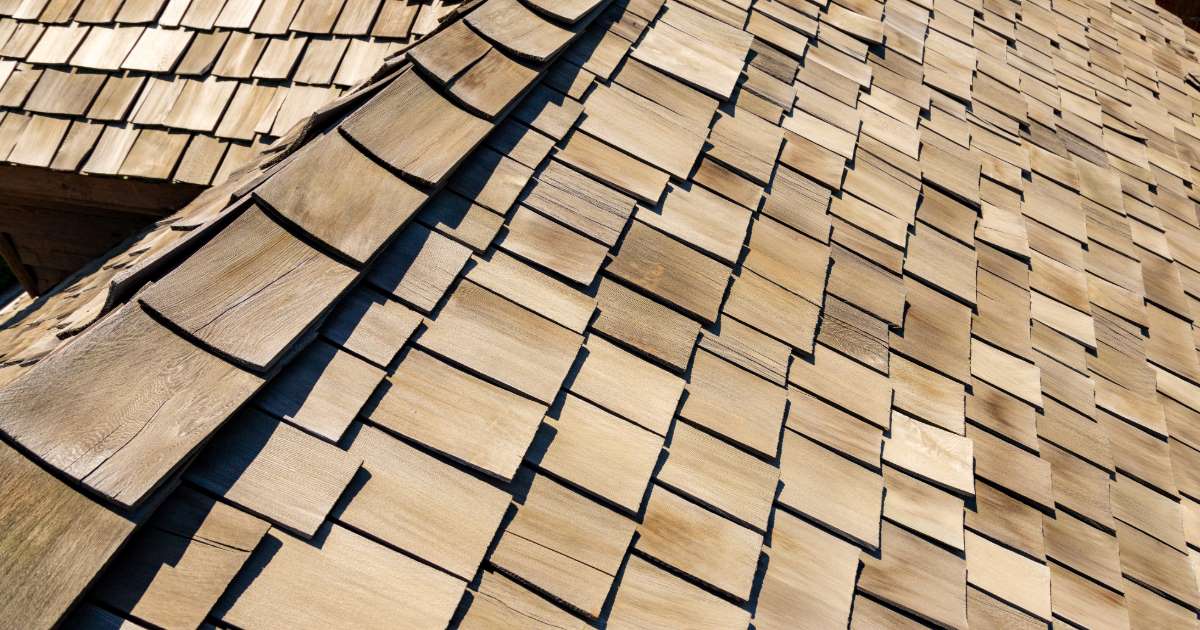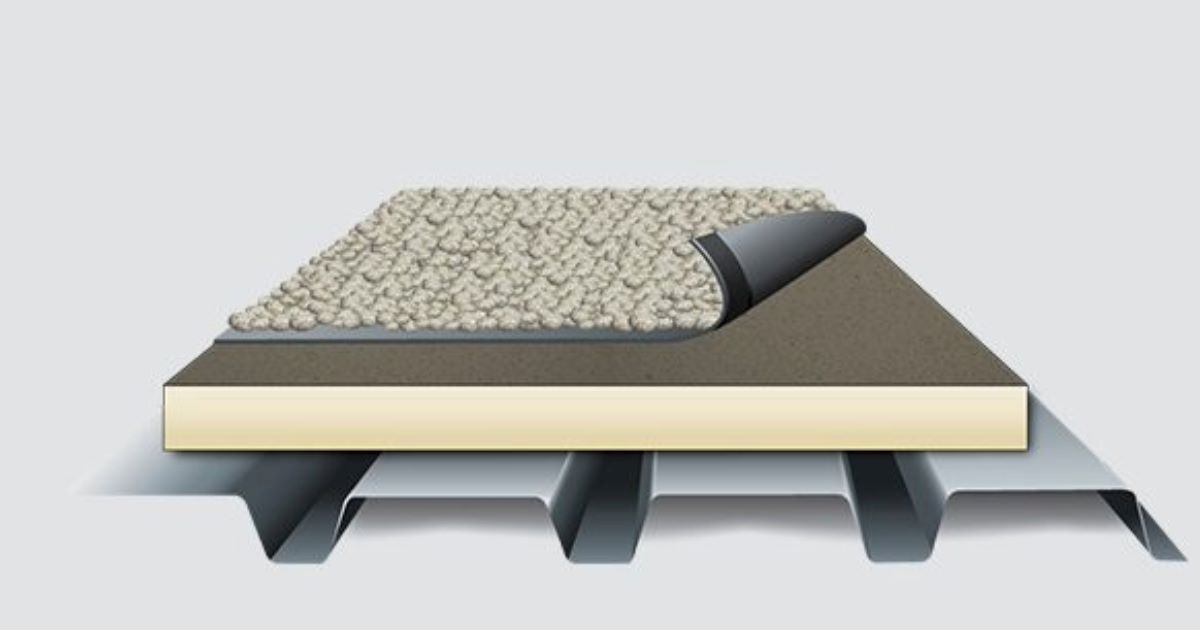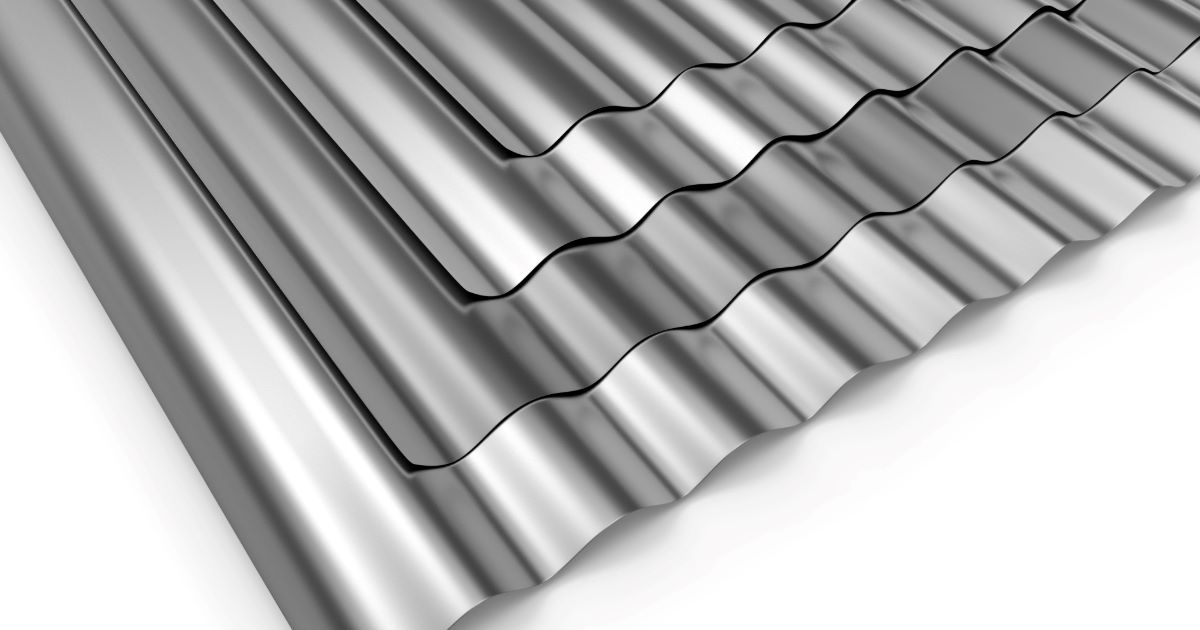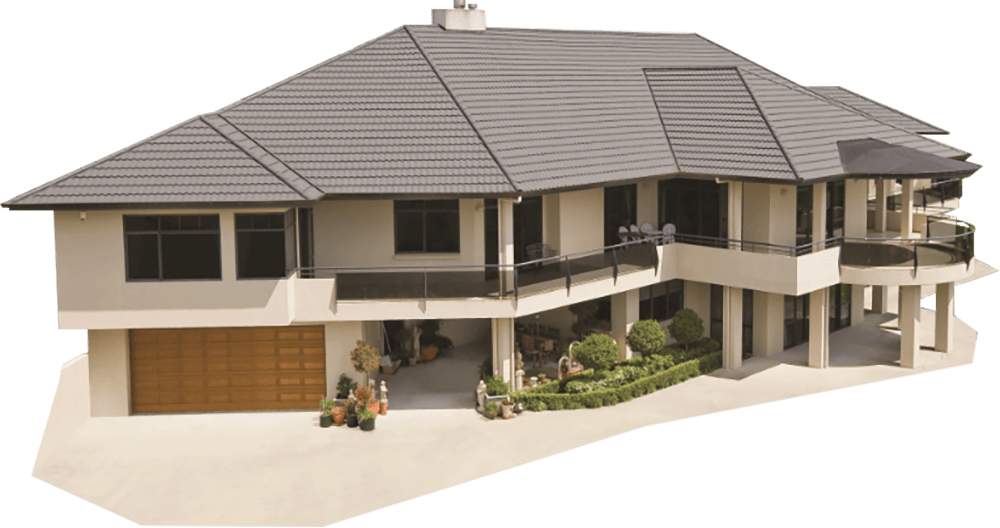Last updated on August 28th, 2024 at 09:23 am
Welcome to Pally Roofing, your trusted roofing solution! And bringing you a guide on how to repair a flat roof. We understand the importance of maintaining and repairing flat roofs to ensure the longevity and integrity of your property.
Table of Contents
As the name suggests, a flat roof is a roofing system with a horizontal or nearly horizontal surface. Unlike sloped roofs, flat roofs present unique challenges such as water pooling, membrane deterioration, and leaks, which underscore the need for proactive maintenance.
At Pally Roofing, we understand the importance of proactive maintenance and timely repairs for flat roofs; we specialize in them. Our expert team, armed with extensive knowledge, years of experience, and state-of-the-art tools, is ready to address a wide range of flat roof issues efficiently and effectively, ensuring the longevity and integrity of your property.
How To Repair a Flat Roof
Common Issues with Flat Roofs
Flat roofs, with their sleek appearance and space-saving design, are popular for many commercial and residential buildings. However, they also come with their own set of challenges, which are more common than you might think. Here are some typical problems encountered with flat roofs:
Leaks: One of the most common issues with flat roofs is leaks. Because flat roofs lack the slope of pitched roofs, water can accumulate on the surface, leading to leaks over time. These leaks can result from damaged roofing materials, poor installation, or inadequate drainage systems.
Ponding Water: Ponding water occurs when water accumulates and remains stagnant on the surface of a flat roof for an extended period. This can occur due to improper drainage or structural issues. If not addressed promptly, ponding water can accelerate the deterioration of roofing materials and lead to leaks.
Membrane Damage: Flat roofs are often covered with membranes such as EPDM, TPO, or modified bitumen to provide waterproofing and protection. However, these membranes can become damaged over time due to UV exposure, temperature fluctuations, foot traffic, or punctures from debris. Damaged membranes compromise the roof’s integrity and can result in leaks and water intrusion.
Blistering and Cracking: Extreme temperatures and weather conditions can cause flat roof materials to blister and crack over time. These issues compromise the roof’s aesthetic appeal and allow water to penetrate the underlying layers, leading to further damage and deterioration.
Poor Installation or Maintenance: Improper installation or lack of regular maintenance can exacerbate problems with flat roofs. It’s essential to ensure that flat roofs are installed correctly and inspected regularly to identify and address any issues before they escalate.
Prompt identification and addressing of these issues are crucial to maintaining the integrity and longevity of flat roofs. Ignoring problems such as leaks, ponding water, or membrane damage can lead to costly repairs, structural damage, and even health hazards due to mold and mildew growth.
Don’t wait until it’s too late. Contact Pally Roofing today to schedule a thorough inspection of your flat roof and take proactive steps to protect your property from costly damages.
Flat Roof Repair Options
When repairing a flat roof, several options are available depending on the extent of damage, budget constraints, and long-term goals for the roof’s performance. Here’s an overview of the standard repair options:
Patching: Patching is a cost-effective solution for addressing localized damage on a flat roof. This method involves identifying and repairing areas where leaks or membrane damage have occurred. Patching is ideal for minor issues and can help extend the roof’s lifespan if the damage is isolated.
Recoating: Recoating is a maintenance technique that involves applying a new coating layer over the existing roof surface. This option is suitable for flat roofs showing signs of wear and tear but still structurally sound. Recoating helps enhance waterproofing, UV protection, and overall durability, extending the roof’s life and delaying the need for more extensive repairs or replacement.
Partial Replacement: In cases where the damage to the flat roof is more extensive but localized, partial replacement may be a viable option. This involves replacing specific roof membranes or substrate sections that are damaged beyond repair while leaving the rest of the roof intact.
Complete Replacement: Full replacement may be necessary if the flat roof has reached the end of its lifespan or sustained extensive damage across the entire surface. This option involves removing the existing roof materials down to the substrate and installing a new roofing system.
Factors Influencing the Choice of Repair Option
Several factors influence the choice of repair option for a flat roof:
The extent of Damage: The severity and extent of damage to the flat roof will dictate the appropriate repair option. Minor issues may only require patching or recoating, while more extensive damage may necessitate partial or complete replacement.
Budget Constraints: Budget considerations are crucial in determining the most suitable repair option. While complete replacement offers long-term benefits, it may not be feasible for all budgets. Patching or recoating can provide temporary solutions that align with budget constraints while addressing immediate repair needs.
Roof Lifespan and Long-Term Goals: Consider the flat roof’s remaining lifespan and long-term goals for its performance. If the roof is nearing the end of its lifespan, investing in full replacement may be a more cost-effective option in the long run, providing superior durability and performance for years to come.
At Pally Roofing, we understand that every flat roof is unique, and there’s no one-size-fits-all solution for repairs. Our expert team specializes in assessing flat roof conditions, identifying the most suitable repair options, and providing tailored solutions to meet our clients’ needs and budget constraints.
Flat Roof Repair DIY
While some flat roof repairs may require professional assistance, minor damages can often be addressed through DIY methods. Here’s a step-by-step guide on how to repair minor damages on a flat roof yourself:
Step 1: Safety Precautions
Before starting any DIY repair project on your flat roof, it’s essential to prioritize safety. Here are some safety precautions to keep in mind:
- Wear appropriate safety gear, including gloves, safety glasses, and non-slip footwear.
- Use caution when working at heights and always have a stable ladder or scaffolding.
- Avoid working on the roof during inclement weather or when the surface is wet or slippery.
- Be mindful of electrical hazards and overhead power lines when using tools on the roof.
Step 2: Inspection
Begin by inspecting the flat roof for any visible signs of damage, such as cracks, tears, or punctures in the roofing membrane. Pay attention to areas where water may pool or previous leaks have occurred.
Step 3: Cleaning
Thoroughly clean the damaged area of the roof to remove any debris, dirt, or loose roofing materials. Use a broom or leaf blower to clear away debris, and then wash the area with a mild detergent and water to ensure a clean surface for repair.
Step 4: Patching
- For minor cracks or tears in the roofing membrane, patching can be an effective DIY repair solution. Here’s how to patch a flat roof:
- Cut a piece of roofing patch material (such as EPDM or TPO patch tape) slightly larger than the damaged area.
- Clean and dry the damaged area thoroughly.
- Apply a roofing adhesive or primer layer to the damaged area and allow it to dry according to the manufacturer’s instructions.
- Peel the backing off the patch tape and carefully place it over the damaged area, ensuring it adheres securely to the roof surface.
- Press firmly on the patch to remove air bubbles and ensure proper adhesion.
Step 5: Sealing
Once the patch is in place, apply a roofing sealant around the edges to create a watertight seal and prevent moisture intrusion. Use a caulking gun to apply the sealant evenly and smoothly.
Step 6: Inspection and Maintenance
After the repair, conduct a final inspection to ensure the patch is secure and the area is properly sealed. Regularly inspect and maintain your flat roof to identify and address any new issues before they escalate into more significant problems.
Necessary Tools and Materials for DIY Repairs
- Safety gear (gloves, safety glasses, non-slip footwear)
- Ladder or scaffolding
- Broom or leaf blower
- Mild detergent
- Roofing patch material (EPDM or TPO patch tape)
- Roofing adhesive or primer
- Roofing sealant
- Caulking gun
While DIY flat roof repairs can be a cost-effective solution for minor damages, knowing your limits and seeking professional assistance for more extensive or complex repairs is essential.
Commercial Flat Roof Repair
Commercial flat roof repair requires special considerations due to commercial properties’ unique challenges and requirements. Here are some key factors to keep in mind when addressing flat roof repairs for commercial buildings:
- Structural Integrity: Commercial buildings often have larger roof spans and support heavier loads than residential structures. When repairing flat roofs on commercial buildings, it’s crucial to maintain the roof’s structural integrity to support equipment, HVAC systems, and other rooftop installations.
- Waterproofing and Insulation: Commercial buildings may house valuable assets and sensitive equipment that need protection from water damage. Flat roof repairs should prioritize effective waterproofing and insulation to prevent leaks, minimize energy loss, and maintain comfortable indoor temperatures.
- Code Compliance: Commercial properties are subject to building codes and regulations that govern roofing materials, installation methods, and safety standards. It’s essential to ensure that flat roof repairs comply with local building codes and regulations to avoid penalties and ensure the safety and integrity of the building.
- Business Continuity: Minimizing disruption to business operations is paramount when conducting flat roof repairs on commercial buildings. Downtime can result in lost revenue, productivity, and customer satisfaction. Working with a roofing contractor who can execute repairs efficiently and with minimal interruption to business activities is essential
Conclusion
In conclusion, maintaining and repairing flat roofs is essential for ensuring your property’s roofing system’s longevity, integrity, and performance. Throughout this article, we’ve discussed various aspects of flat roof repair, including common issues, repair options, and special considerations for commercial buildings.
At Pally Roofing, we’re committed to helping property owners protect their investments through comprehensive flat roof repair and maintenance services. Whether you’re dealing with minor repairs or require a complete roof replacement, our expert team is here to provide reliable solutions tailored to your needs.
FREQUENTLY ASKED QUESTIONS!
How do I repair a flat roof?
To repair a flat roof, identify the damaged areas, clean the surface, and apply patching material or sealant to address leaks or cracks. Ensure proper adhesion and consider professional assistance for extensive damage.
Author
-
With more than 16 years of hands-on experience, Phillip Schmucker is the knowledgeable owner of Pally Roofing. His dedication to superior roofing services has earned him a reputable place in the industry. Phillip also shares his extensive expertise through writing, providing readers with practical tips and professional advice on various roofing topics. Follow him on LinkedIn.
View all posts

